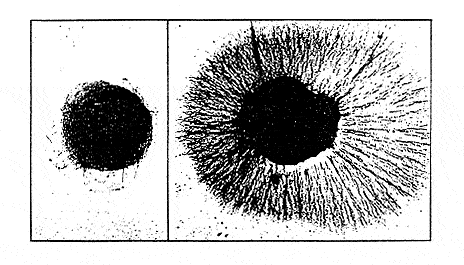Cool facts about Rita Levi-Montalcini:
- She was the first Nobel Laureate to reach the age of 100 (on April 22, 2009)
- She served as a Senator for Life in the Italian Senate
- She has a twin sister, Paola, who was an artist
- A orchid flower hybrid was named after her (Ophrys × montalciniae)!
What is Rita Levi-Montalcini Famous For?
Rita Levi-Montalcini was an Italian neuroscientist who won the 1986 Nobel Prize in Physiology or Medicine (together shared with colleague Stanley Cohen). She was awarded the prize for their discovery of nerve growth factor (NGF).
Her Life Story
Long before she became famous, Rita Levi-Montalcini led a fascinating life that we would like to share with you today! Her story begins with her birth in 1909 in Turin to an Italian Jewish family. Although she considered becoming a writer as a teenager, she eventually attended the University of Turin and studied neuroscience.
In 1938, a law was created that barred Jews from university positions, so Rita lost her job at the university. Believe it or not, she set up a laboratory in her bedroom during World War II to study the growth of nerve fibers in chick embryos. Eventually, after the war in 1946, she traveled to Washington University in St. Louis to work in the lab of Viktor Hamburger….and she stayed for 30 years! In 1952, she completed her most groundbreaking work, which was to isolate nerve growth factor (NGF) (see Figure 1 below).
Rita Levi-Montalcini died in Rome in 2012 at the age of 103.
